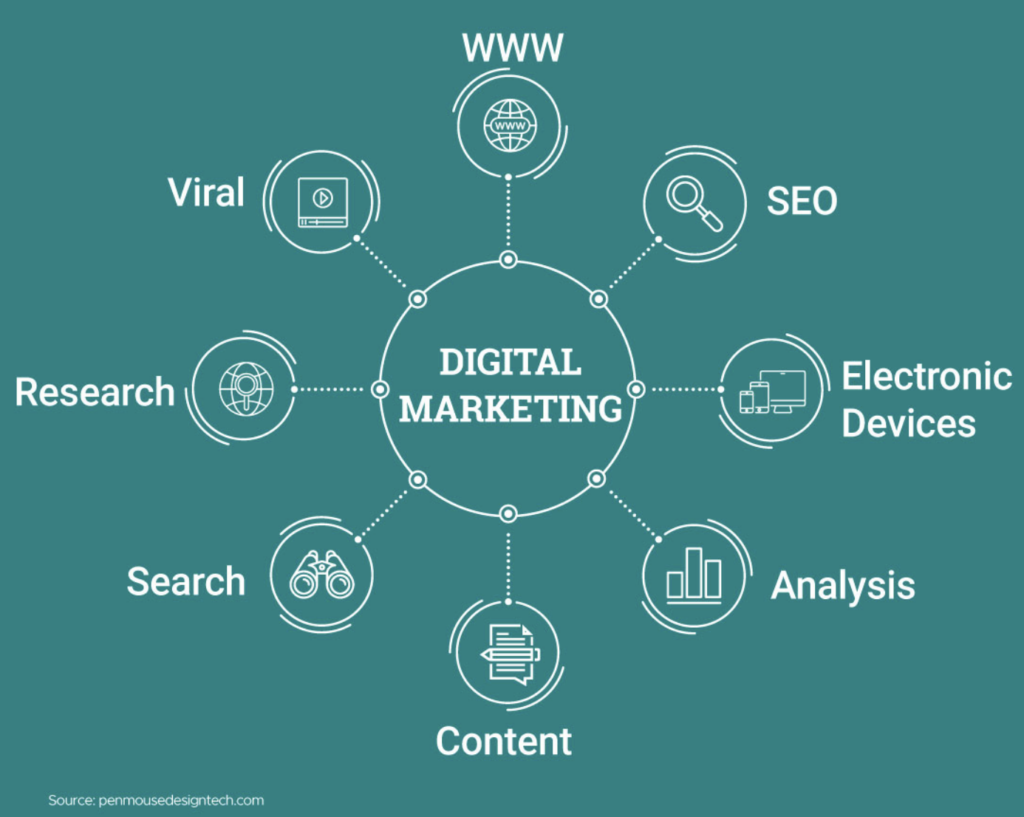Creating a portfolio as a fresher in digital marketing is an essential step to showcase your skills and projects, even if you don’t have extensive work experience. A well-structured portfolio can significantly enhance your job prospects by demonstrating your capabilities to potential employers. Let’s break down the steps to create an impressive digital marketing portfolio that stands out!
- Why You Need a Digital Marketing Portfolio
- Key Components of a Digital Marketing Portfolio
- Step-by-Step Guide to Building Your Portfolio
- 1. Choose a Platform
- 2. Create an Engaging Homepage
- 3. Write an “About Me” Section
- 4. Showcase Your Work Samples
- 5. Create Case Studies
- 6. Gather Testimonials
- 7. Include Contact Information
- 8. Regularly Update Your Portfolio
- FAQs
- What if I don’t have any work experience?
- How many projects should I include?
- Should I include my resume?
Why You Need a Digital Marketing Portfolio
A digital marketing portfolio serves several purposes:
- Showcase Your Skills: It provides tangible evidence of your work and skills.
- Stand Out from the Crowd: In a competitive job market, a portfolio can set you apart from other candidates.
- Track Your Progress: It allows you to see how far you’ve come and what you’ve learned.
Key Components of a Digital Marketing Portfolio
Here’s a handy table outlining the essential sections to include in your portfolio:
| Section | Details |
|---|---|
| Introduction | A brief introduction about yourself and your background. |
| About Me | A personal touch that highlights your interests and personality. |
| Work Samples | Examples of your projects, campaigns, or any relevant work. |
| Case Studies | In-depth analysis of specific projects, including your thought process. |
| Testimonials | Feedback from colleagues or clients to establish credibility. |
| Contact Information | Easy access to your email, phone number, and social media links. |
Step-by-Step Guide to Building Your Portfolio
1. Choose a Platform
Select a user-friendly platform to host your portfolio. Some popular options include:
- Wix
- Squarespace
- WordPress
- Weebly
These platforms offer templates specifically designed for portfolios, making it easy to get started.
2. Create an Engaging Homepage
Your homepage is the first impression visitors will have, so make it visually appealing and informative. Include:
- A catchy headline
- A brief introduction about yourself
- Navigation links to other sections of your portfolio
Example:
“Welcome to My Digital Marketing Portfolio! I’m [Your Name], a passionate digital marketer eager to help brands grow online.”
3. Write an “About Me” Section
This section should reflect your personality and professional background. Share your journey, interests, and what drives you in digital marketing.Example:
“I am a recent graduate with a degree in Marketing. I love creating engaging content and analyzing data to drive results. In my spare time, I enjoy exploring the latest digital marketing trends and experimenting with new strategies.”
4. Showcase Your Work Samples
Include a variety of work samples that demonstrate your skills. If you lack formal experience, consider the following:
- Personal Projects: Showcase any personal blogs, social media accounts, or marketing campaigns you’ve created.
- School Projects: Include assignments or projects from your coursework that are relevant to digital marketing.
- Volunteer Work: Highlight any marketing work done for non-profits or local businesses.
Example of Work Samples:
- Social Media Campaign for XYZ Non-Profit: Developed a campaign that increased engagement by 40% over three months.
- Blog Post on SEO Best Practices: Authored a detailed blog that attracted over 500 views in its first month.
5. Create Case Studies
Select a few key projects and present them as case studies. Include:
- Project Overview: Briefly describe the project.
- Your Role: Explain your responsibilities and contributions.
- Results: Share measurable outcomes (e.g., increased traffic, engagement rates).
Example:
Case Study: Social Media Strategy for ABC Brand
- Overview: Developed a comprehensive social media strategy for ABC Brand.
- Role: Managed content creation and scheduling across platforms.
- Results: Achieved a 25% increase in followers and a 30% boost in engagement within two months.
6. Gather Testimonials
If you’ve worked with clients, colleagues, or mentors, ask them for testimonials. Positive feedback can enhance your credibility.Example:
“Working with [Your Name] was a pleasure. Their creativity and dedication significantly improved our social media presence.” – Jane Doe, Marketing Manager at XYZ Company
7. Include Contact Information
Make it easy for potential employers to reach you. Include your email, phone number, and links to your LinkedIn profile and other relevant social media.
8. Regularly Update Your Portfolio
Keep your portfolio fresh by regularly adding new projects and removing outdated ones. This shows that you are active and engaged in your field.
FAQs
What if I don’t have any work experience?
You can still create a portfolio by including personal projects, school assignments, or volunteer work. Focus on showcasing your skills and what you’ve learned.
How many projects should I include?
Aim for 3-5 quality projects that best represent your skills. It’s better to have a few well-done examples than a long list of mediocre ones.
Should I include my resume?
Yes! Including a link to your resume can provide potential employers with a comprehensive view of your qualifications.


